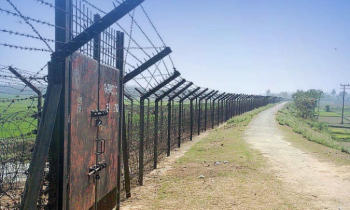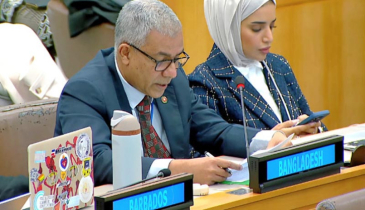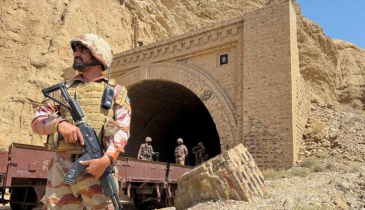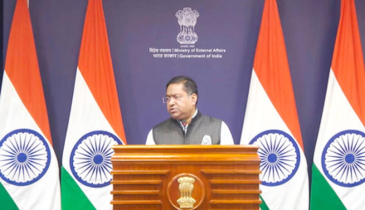Tejas crash dampens export hopes for Indian fighter jet

India’s hopes of promoting its homegrown Tejas fighter jet on the global stage suffered a major setback after the aircraft crashed during a flying display at the Dubai Airshow, in full view of international defence buyers and military delegations. The accident, which killed Wing Commander Namansh Syal, has cast a shadow over India’s long-standing efforts to position the Tejas as a competitive export product in the global combat aircraft market.
The cause of the crash remains under investigation, but the incident unfolded at a highly publicised moment, coinciding with a week of strategic manoeuvring by major arms exporters — including Pakistan, whose presence at the show underscored regional rivalries that have intensified since the two countries faced off in one of the largest aerial confrontations in decades earlier this year.
Defence analysts say the crash is a significant public relations blow for the Tejas programme, which India has spent more than four decades developing. Douglas A. Birkey of the Mitchell Institute for Aerospace Studies described the visual impact of such an accident as “brutal,” noting that airshows are designed to spotlight technological prowess, not failures. However, he added that past crashes involving other fighter jets did not prevent future sales, pointing out that geopolitical interests often outweigh isolated incidents.
Despite such optimism, the accident has heightened scepticism about the Tejas’ export viability. A former Hindustan Aeronautics Ltd (HAL) executive said the crash has essentially “ruled out exports for now,” halting momentum in target regions such as Asia, Africa, and Latin America. HAL, which opened a regional office in Malaysia in 2023 to support marketing efforts, had been seeking its first major foreign customer for the aircraft.
Domestically, the Tejas programme continues to face production delays. Although the Indian Air Force (IAF) has ordered 180 upgraded Mk-1A variants, deliveries have not yet begun due to engine supply bottlenecks at GE Aerospace. The delays come at a time when India’s fighter squadron strength has dropped to 29 — far below the sanctioned 42 — with ageing MiG-29s, Jaguars and Mirage 2000s approaching retirement.
The Tejas was intended to replace these fleets, but slow production has forced the IAF to explore alternatives. Defence officials say New Delhi is considering additional off-the-shelf purchases, including more French Rafale jets, to plug immediate operational gaps. Around 40 Tejas aircraft currently serve in the IAF, though their numbers fall short of strategic requirements.
The Dubai crash, occurring at one of the world’s most influential airshows, is expected to complicate India’s attempt to showcase its indigenous defence capabilities abroad. Yet analysts say the long-term future of the Tejas will depend less on a single accident and more on India’s ability to resolve manufacturing delays, secure stable supply chains, and rebuild international confidence in the programme.
.png)









